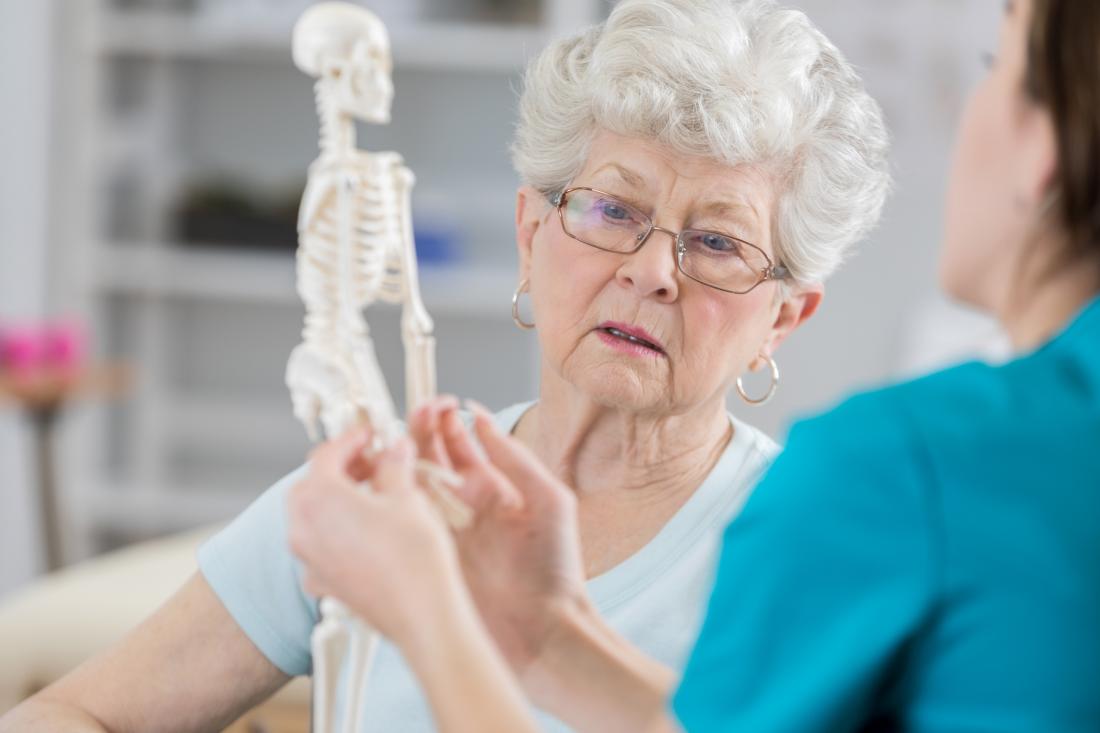Menopause and its effect on bone health
Menopause is a natural biological process that occurs in women around the age of 50, during which hormonal changes take place. One of the most significant changes is the drop in estrogen levels, which can result in increased bone loss. Estrogen plays a crucial role in maintaining bone health by regulating bone formation and resorption. During menopause, the drop in estrogen levels leads to more bone resorption than formation, resulting in osteoporosis. This hormonal change can have a significant impact on bone health and increase the risk of fractures.
Menopause and Bone Health: Prevent Osteoporosis and Ageing

Decreased bone density and an increased risk of fractures are the most common consequences of menopause-related bone loss. Women can lose up to 20% of their bone mass in the first five years after menopause. The risk of developing osteoporosis increases with age, and women may lose bone mass quickly for several years after menopause. Low bone density increases the risk of fractures, and the risk is higher in women because female bones are typically smaller and thinner. Thus, it is crucial to take steps to maintain bone health during and after menopause.
Early detection and treatment are essential in managing menopause-related bone loss. Hormone therapy, specifically estrogen, is believed to be useful in preventing or alleviating the increased rate of bone loss that leads to osteoporosis. Regular weight-bearing exercise and maintaining a diet rich in calcium from childhood can help reduce bone loss at menopause. It is never too late to be treated for osteoporosis, and older women are more likely to respond better to treatment if given early. Therefore, it is important to stay proactive about bone health and seek medical attention if necessary.

Osteoporosis and its impact on ageing
Osteoporosis is a disease that weakens bones, making them fragile and more likely to break. It is caused by a loss of bone density, which occurs naturally with age but can be accelerated by certain factors such as menopause. Menopause is a significant risk factor for osteoporosis, as the drop in estrogen levels that occurs during menopause results in increased bone loss. Research indicates that up to 20% of bone loss can occur within the first 5-7 years after menopause. Thus, it is important for women to understand the impact of menopause on bone health and take steps to prevent or treat osteoporosis.
Osteoporosis can have a significant impact on quality of life and mobility. Fractures caused by osteoporosis can lead to loss of mobility and autonomy, as well as a reduction in the quality of life. Women with osteoporosis may experience chronic pain, difficulty walking, and an increased risk of falls and fractures. Thus, it is crucial to take steps to prevent and treat osteoporosis to maintain physical function and independence with age.
Prevention and treatment of osteoporosis are essential for maintaining good bone health and preventing fractures. Regular weight-bearing exercise and maintaining a diet rich in calcium from childhood can help reduce bone loss at menopause. Hormone therapy, specifically estrogen, is believed to be useful in preventing or alleviating the increased rate of bone loss that leads to osteoporosis. Fortunately, preventive treatments are available that can help maintain or increase bone density, making it important for women to be proactive in their bone health. Preventing bone loss is an important concern for women in the menopause journey and during post-menopausal stages.
Strategies for maintaining bone health during ageing
Regular exercise and physical activity are crucial for maintaining bone health during ageing. Engaging in weight-bearing exercises, such as walking, running, and weightlifting, can help reduce the rate of bone loss and strengthen cortical bone. Physical activity interventions have been shown to improve bone health among older adults and prevent osteoporosis. Ideally, weekly physical activity should include a combination of weight-bearing, resistance, and balance exercises to provide a comprehensive approach to maintaining bone health. Additionally, exercise improves balance and coordination, which becomes increasingly important as we age to prevent falls and fractures. Therefore, incorporating regular exercise and physical activity into one’s lifestyle is essential for maintaining bone health during ageing.
Adequate nutrition and supplementation are also crucial for maintaining bone health. Calcium and vitamin D are essential nutrients for bone health, and it is recommended that postmenopausal women consume at least 1000 mg/day of calcium, and 800 IU/day of vitamin D. Calcium and vitamin D supplements can enhance bone formation and prevent fractures. Additionally, estrogen-hormone therapy can prevent bone loss and reduce the risk of fractures. Therefore, ensuring adequate intake of calcium and vitamin D and considering hormone therapy can be beneficial for maintaining bone health during ageing.
Lifestyle changes can also reduce the risk of osteoporosis and maintain bone health. Regular weight-bearing exercise and a diet rich in calcium from childhood can help reduce bone loss at menopause.Additionally, lifestyle changes such as regular exercise, healthy diet, and avoiding smoking and excessive alcohol consumption can improve bone health.Strong muscles have also been shown to reduce the risk of fragile bones. Therefore, incorporating healthy lifestyle changes can be effective in maintaining bone health during ageing.
Must Read: New Study Finds 8 Habits That Can Add Up to 24 Years to Your Life
7 Tips for Bone Health for Women in Their 40s: Nurturing Strength and Vitality










Leave a Reply